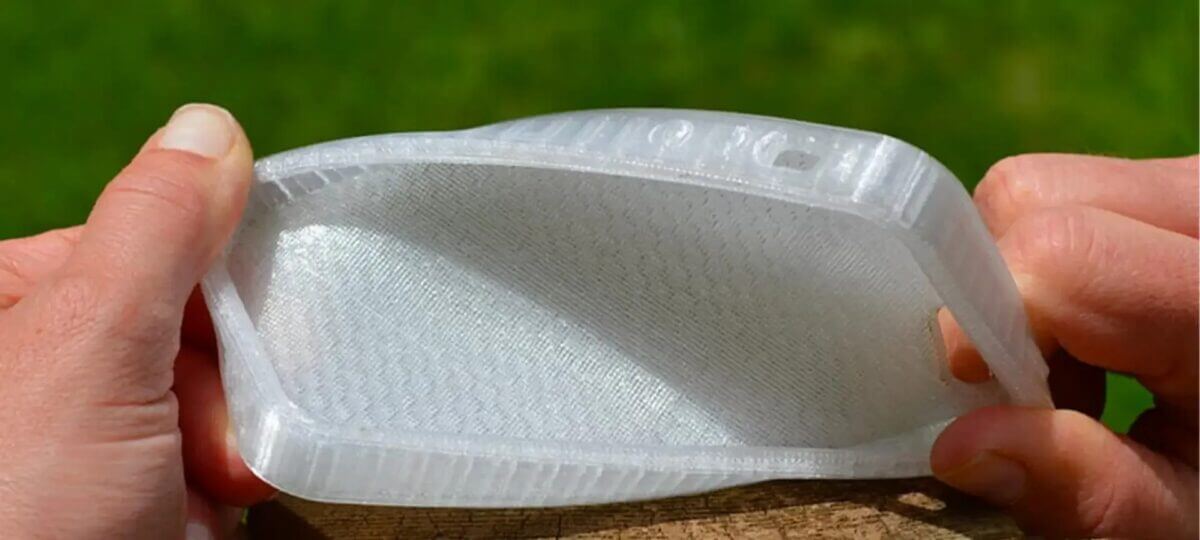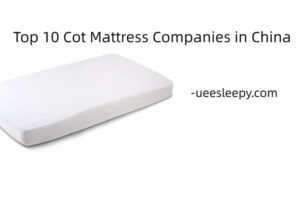Two popular materials used in 3D printing are thermoplastic elastomer (TPE) and thermoplastic polyurethane. Both materials are reasonably priced and share many similar qualities. This article is a guide to TPE VS TPU, please keep reading.
1. Definition of TPE and comparison with TPU
TPE is the acronym for Thermoplastic Elastomer. It is a combination of rubber and plastic and has the properties of both thermoplastic and elastomer. TPU, Thermoplastic Polyurethane, is another general-purpose derivative of TPE. Both 3D filaments can produce parts that are flexible, impact-resistant, UV-resistant, impact-resistant, waterproof, and have reasonable chemical resistance.
TPE (thermoplastic elastomers) are more flexible and softer. Thermoplastic polyurethane (TPU) is also flexible, but also stiffer. TPEs have been commercially available for much longer, but are relatively new to the 3D printing scene. TPE is less expensive, more available, and best suited for making lighter, more flexible products. TPU is the first choice for more durable and rugged applications. In contrast, TPU requires less 3D printing work, and TPE is slightly less expensive.
TPE variants include thermoplastic polyamide (TPA) and thermoplastic copolyester (TPC) in addition to TPU. TPEs are used in a variety of applications such as automotive parts, toys, medical devices, and consumer products such as athletic shoes and electronics. TPE is available for FDM (Fused Deposition Modeling) printing as filament and SLS printers as powder.

1) The material properties of TPE are as follows:
- Good impact resistance
- Soft and elastic
- Good tear and abrasion resistance
- Excellent fatigue resistance
- Good electrical insulation properties
- Excellent shock absorption
- Good chemical and UV resistance
- Resistant to low and high temperatures (-30 to +140 °C)
- Recyclable
- Soft materials can create extrusion problems
- The filament folds more during extrusion
- The filament is hygroscopic and should be stored properly
2) The advantages of TPE over TPU include:
- TPU is softer and more elastic
- Many TPEs can be easily recycled
- TPE is cheaper
- TPEs have been on the market and used in products since the 1950s
- TPE can be printed as an interlayer and acts as a flexible stabilizer
3) The disadvantages of TPE and TPU are listed below:
- TPE is more sensitive to temperature than TPU
- TPE is not as easy to print as TPU
- Rework is common in TPE-printed products
2. Definition of TPU and comparison with TPE
Thermoplastic polyurethane (TPU) is a derivative of TPE. It is a relatively new 3D printing material. In fused deposition modeling (FDM) printers, TPU is used as a filament, and in selective laser sintering (SLS), it is used as a powder. There is a wide range of colors and the material can be customized in hardness from soft to hard. TPU is used in aerospace, automotive (i.e. dashboards), the medical industry, industrial belts, and commercial products including sporting goods and protective cases.
1) The material properties of TPU include the following points:
- Easy to print
- Good impact resistance
- Good chemical resistance
- High heat resistance
- High tear and abrasion resistance
- High elasticity
- Not ideal for UV resistance
- Low printing temperature can lead to poor layer adhesion
- High printing temperature will cause stringing
2) The advantages of TPU compared with TPE include:
- In general, TPU has a smooth surface compared to the rubber surface of TPE
- The TPU performs better in cold temperatures and retains its elasticity better than the TPE
- TPU has higher chemical resistance
- TPU retains its size better than TPE and is less prone to shrinkage
- TPU lasts longer due to its abrasion resistance
3) Compared with TPE, the disadvantages of TPU are as follows:
- TPU moisture absorption (moisture absorption)
- Post-processing can be problematic due to its performance characteristics
Similar characteristics include:
- Impact resistance
- Heat resistance
- Waterproof
- Elasticity
- Excellent color options
- Similar print speed
3. What are the mutual substitutes for TPE and TPU?
An alternative to TPE and TPU is a thermoplastic copolyester (TPC). TPC buffs are hard to come by and are considered an engineering-grade material. TPC is a thermoplastic elastomer commonly used in bellows and medical stents.
Material properties of TPC include:
- Good elasticity
- High strength
- High temperature resistant
- Good thermal stability
- Good chemical resistance
- Excellent UV resistance
- Not recommended for highly flexible applications
There are many similarities between TPC and TPE. They include:
- Thermoplastic elastomer
- Excellent transparency and colorability
- Print speed is similar
In addition to TPC, there are other materials that can be compared with TPE and TPU:
- Thermoplastic Elastomers:
Silicone Elastomers – These materials offer excellent thermal stability, dielectric properties, shear resistance, high compressibility, UV resistance, and oxidation resistance.
Thermoplastic Styrene (TPS) – TPS has improved slip resistance and is less hygroscopic.
- Thermoplastic Polyurethane:
A thermoplastic polyester called polylactic acid (PLA) is popular for 3D printing because it is easier to print than thermoplastic polyurethane (TPU).
A flexible polymer filament with excellent flexibility and elasticity is polyether block amide (PEBA).

4. Conclusion
Rubber cannot be 3D printed, so alternative materials such as TPE and TPU are used. TPE and TPU are both commonly used 3D materials. In short:
- TPE is best for flexible products
- TPU is best for scratch and abrasion-resistant items
- TPE has a rubber-like finish
- TPU surface is smoother
- TPE is difficult to print dimensionally accurate models.
- TPU is stiffer and more dimensionally accurate
- Both TPE and TPU offer good heat resistance
- TPE is non-toxic but emits a slight odor
- TPU is also non-toxic, but it emits toxic fumes when printing, which can burn or be affected by certain chemicals
- TPE and TPU print at about the same speed
- Both TPE and TPU are environmentally friendly and biodegradable within 3-5 years.
- TPE and TPU cost about the same
How useful was this post?
Click on a star to rate it!
Average rating 0 / 5. Vote count: 0
No votes so far! Be the first to rate this post.






